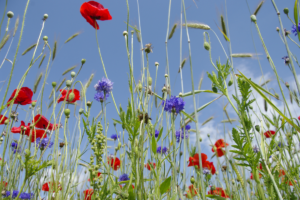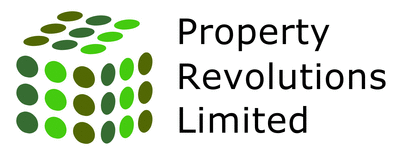
Two key practices that contribute significantly to sustainability
In the pursuit of achieving a sustainable future, it is crucial to explore and implement various approaches that restore and protect our ecosystems.
Rewilding involves restoring natural habitats and reintroducing native species, while peat restoration focuses on rehabilitating degraded peatlands.
Why rewilding is so important
Rewilding plays a vital role in achieving sustainability by fostering biodiversity, improving ecosystem resilience, and mitigating the impacts of climate change.
By creating larger and interconnected habitats, rewilding helps to restore natural ecological processes, support endangered species, and enhance ecosystem services such as pollination, water purification and carbon sequestration.
Rewilding allows ecosystems to regain their ecological functionality. It involves the reintroduction of native plant and animal species, removes barriers to wildlife movement, and allows for the implementation of conservation strategies.
Rewilding's impact on biodiversity and ecosystem health
By reintroducing native species and recreating natural habitats, rewilding allows ecosystems to thrive and supports a greater diversity of plant and animal life. This, in turn, enhances the overall health and resilience of ecosystems.
Rewilded areas often experience increased species richness, improved ecological interactions, and a higher abundance of rare and endangered species. Restoring balance in ecosystems through rewilding helps to preserve and protect biodiversity, which is essential for the long-term sustainability of our planet.
The significance of peat restoration in Sustainability
Peatlands are unique ecosystems that store large amounts of carbon and provide essential services such as water regulation and biodiversity support. However, due to drainage for agriculture and peat extraction for fuel, many peatlands have become degraded and emit carbon dioxide, instead of sequestering it. Peat restoration aims to reverse this damage by rewetting and rehabilitating these areas. By restoring healthy peatlands, we can effectively combat climate change by preventing carbon emissions, improving water quality, and preserving precious habitats for numerous plant and animal species.
How we can all contribute to rewilding and peat restoration
While large-scale rewilding and peat restoration projects are essential, individuals can also make a difference:
- one way to contribute to rewilding is by creating wildlife-friendly spaces in our gardens or local communities by planting native species, providing water sources, and creating habitats such as bird boxes and insect hotels that can attract and support local wildlife
- we can also support and volunteer for organisations involved in rewilding and peat restoration projects
- additionally, we can all raise awareness about the importance of rewilding and peat restoration, encouraging others to join in the effort to achieve sustainability.
Making a positive impact
Rewilding and peat restoration are powerful tools in our journey towards sustainability. By restoring natural habitats, reintroducing native species, and rehabilitating degraded peatlands, we can foster biodiversity, mitigate climate change, and preserve essential ecosystem services.
Rewilding and peat restoration not only contribute to the health and resilience of our planet but also offer opportunities for individuals to actively participate in the restoration of our natural heritage.
By embracing these practices, we can create a sustainable future where ecosystems thrive, and the delicate balance of nature is preserved for generations to come. So, let's all start to make a positive impact through rewilding and peat restoration.
Carl Dodd, Property Revolutions Ltd.

